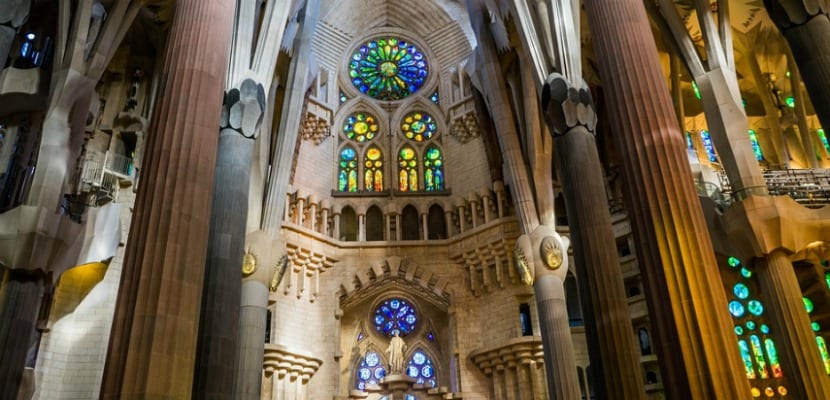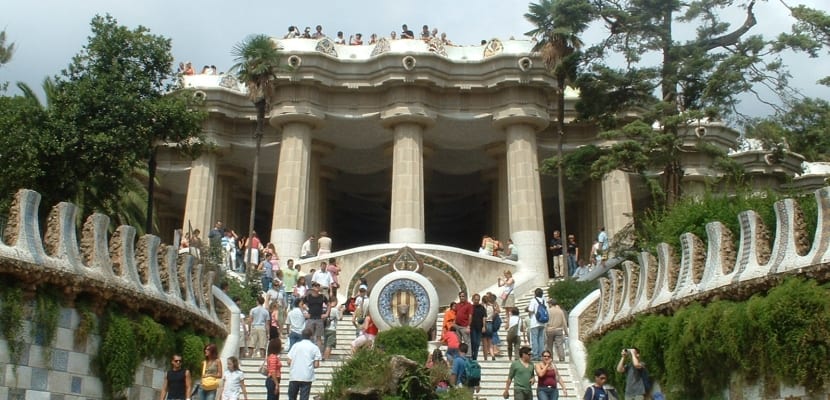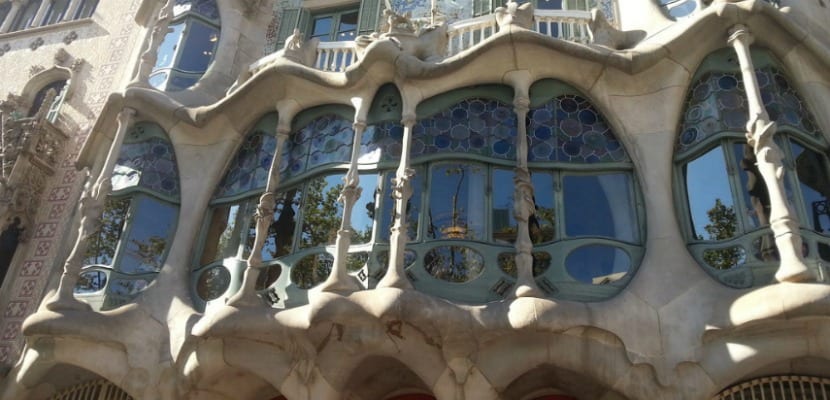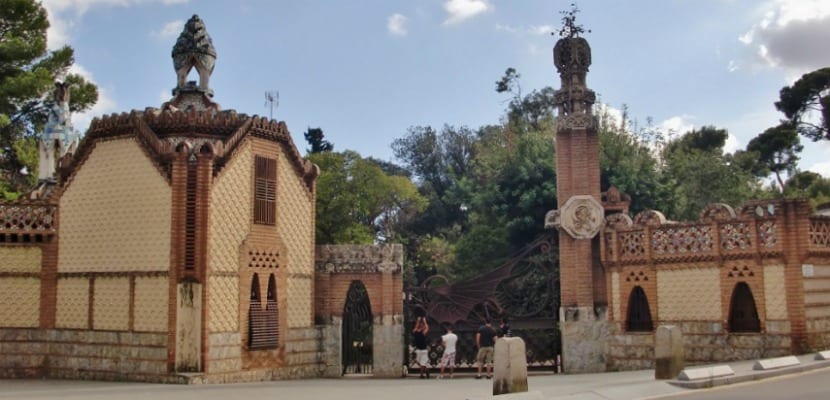
With seven million visitors a year, Barcelona is still installed at the top of the cities with the greatest tourist attraction in the world thanks to its many charms. One of the most valued by tourists is Modernism, an architectural and decorative style that in the Catalan capital bears the unmistakable stamp of Antoni Gaudí.
Every year millions of tourists come to Barcelona in order to know in depth the work of this genius who knew how to translate his art in many buildings and spaces in the city to the delight of future generations.
Taking a route through Barcelona following Gaudí's footprint helps us understand Modernism, an artistic trend that went beyond architecture and encompassed other disciplines such as sculpture, the art of stained glass or latticework. A surprising journey through the Gaudinian universe.
Sagrada Familia
In 1883 Antoni Gaudí was commissioned to continue with the works of the Sagrada Familia temple in Barcelona. It was his life's work and he worked on it until his death. His commitment to this project reached such a degree that he surpassed the simple neo-Gothic formalism that his first architect, FP del Villar, had given him, and even the neo-baroque style that his promoter JM Bocabella intended to grant him.
Its construction is so personal, that nothing comparable is found anywhere else, Gaudí created a church with five naves, with three facades and eighteen towers of intense symbolic content. The architect was convinced that his design would imply a harmonization of the initial Gothic design and of what he called "Byzantine style".

The Sagrada Familia was such an ambitious project that Gaudí realized that it could not be completed in a single generation. So he chose to focus on the Nativity façade, hoping that that part would encourage future generations to continue building the temple.
Gaudí's predictions were correct when his death occurred in 1926. The Nativity façade was almost finished when he died and subsequent generations have managed to finish the Passion façade. In the last years of the XNUMXth century, work was done on covering the central nave and the works continue.
Pope Benedict XVI consecrated this modernist church as a basilica in November 2010. A dazzling building whose appeal makes it one of Europe's modernist jewels. The basic ticket is 15 euros and is located at Carrer de Mallorca, 401, 08013 in Barcelona.
Park Güell

Stairs of Park Güell in Barcelona
It owes its name to Eusebi Güell, a wealthy Catalan businessman who commissioned Gaudí for many of the works that the architect carried out in Barcelona. This park is public and has an area of approximately 77 hectares. As soon as you enter, the access presents an allegorical structure of the highest of the earthly and spiritual world.
Tourists who come to Park Güell cannot be missed: the entrance pavilions, the staircase, the Hipóstila room or Hundred Columns room, the square and the viaducts, the Calvary and, finally, the Gaudí House-Museum , where we will find extensive information to better understand the work of this unique artist.
As a curiosity, Since 2013, all visitors must pay a ticket to access the monuments of Park Güell. These tickets cost 8 euros and they can be purchased both at the park's own ticket offices and online, in which case tourists could benefit from a small discount.
The capacity is limited to four hundred tourists every half hour to avoid overcrowding and facilitate the conservation and sustainability of the monumental site. It is located in Carrer d'Olot, s / n, 08024 in Barcelona.
Gaudí's modernist houses

Casa Batllo
Casa Vicens (Carrer de les Carolines, 18-24, 08012 Barcelona): Built between 1883 and 1888, It was the first important commission from Gaudí and it is carried out in a historicist style very different from that of later works.
Casa Milá (Provença, 261-265, 08008 Barcelona): Known as La Pedrera for its external appearance, similar to that of an open-pit quarry, Casa Milà was a commission that the industrialist Pere Milà i Camps made to Gaudí at the beginning of the twentieth century. The idea was to build a building as a family residence but also with rental flats. It is the last civil work of the architect and one of the most innovative from the constructive and decorative point of view.
Casa Batlló (Passeig de Gràcia, 43, 08007 Barcelona): Built between 1904 and 1906 under the order of Josep Batlló, this building is Gaudí's masterpiece and a key piece of Catalan modernism. What was the former residence of the Batlló family can be visited as well as the attic (the old storage rooms and laundry rooms), the roof and the chimneys (where the famous spine of the dragon defeated by San Jorge is located) and the charming Patio de Luces (the old neighbor staircase). The entrance to Casa Batlló has a price of 22,5 euros for adults and 19,5 for children.
Other works by Gaudí in Barcelona

Güell Pavilions
In addition to the works by Antoni Gaudí mentioned in the Modernist Route, which are all those that we find in the Eixample neighborhood, there are other interesting examples of the architect scattered around the city.
The pavilions of the Güell estate (Avenida de Pedralbes, 7) they marked the beginning of the fruitful relationship between the architect and the businessman Eusebi Güell. The commission consisted of building two buildings at the entrance of the estate and the front door, where he designed a wrought iron dragon.
At the Güell Palace (calle Nou de la Rambla, 3-5) andhe architect put some of his groundbreaking ideas into practice for the first time, that can be seen especially in the spacious interior and in the solutions found to take advantage of sunlight.
At the foot of the Tibidabo mountain, is the Figueres house (Bellesguard street, 16-20) also known as the Bellesguard tower, where Gaudí applied his vision to the Catalan neo-Gothic style.